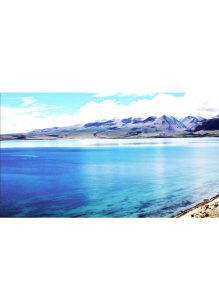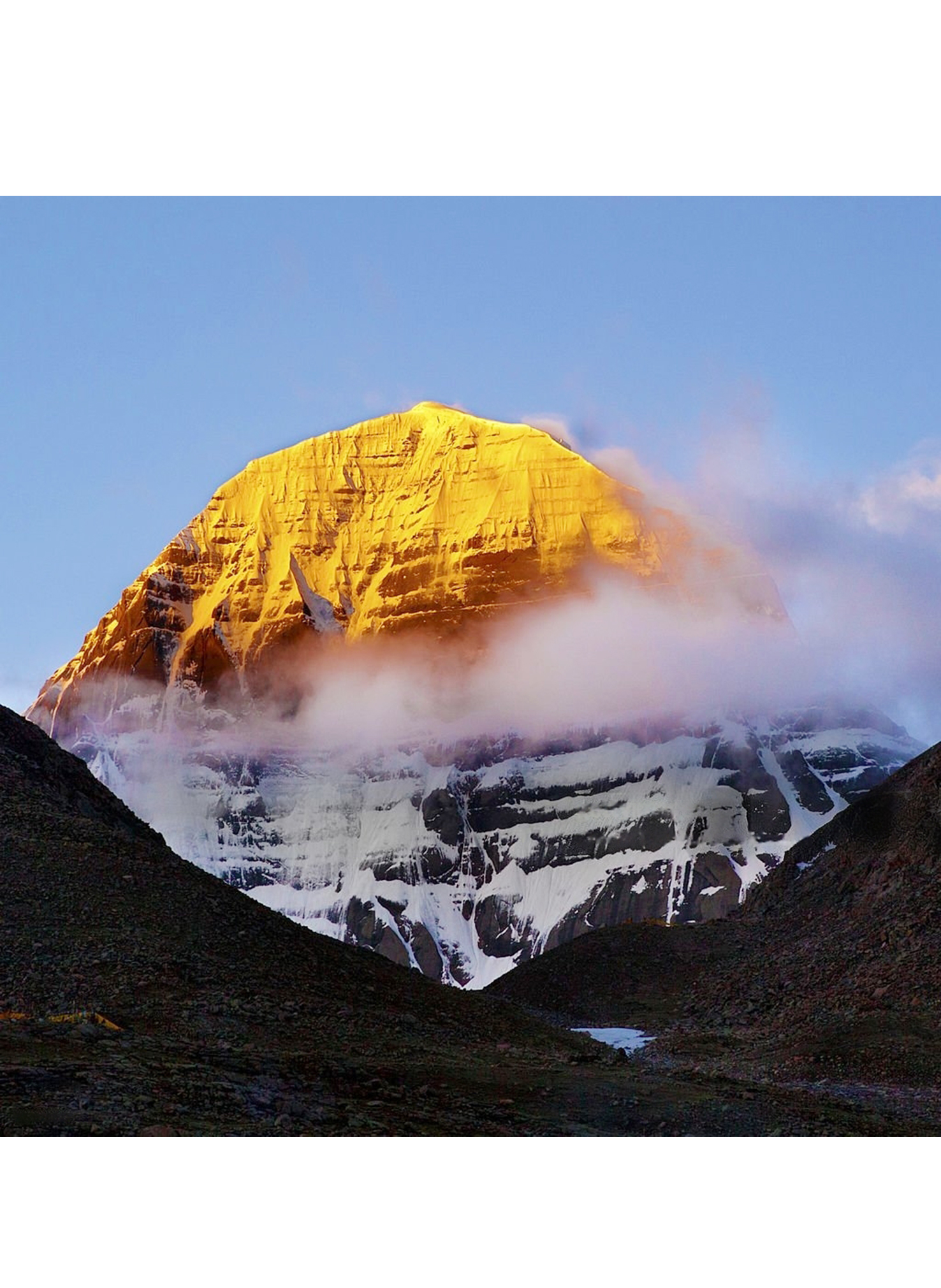You would not think that something as innocuous as yogurt would rile authorities in China. However, a recent yogurt festival in Tibet was met with a police crackdown.
“Shoton” is the Tibetan Yogurt Festival, and typically includes traditional performances, a feast and unveiling of the “Thangka,” a large portrait of the Buddha. But last year there was a decidedly hostile atmosphere: a heavy Chinese police force presence, prohibitions on engagement in religious and public gatherings, and inspection booths to repeatedly check the identities of participants and devotees. For an event so anodyne, such restrictions sent a clear message to Tibetans from Chinese authorities: Your traditions are not welcome in here.
The incident at the yogurt festival is just one example of CCP (Chinese Communist Party)’s wide pattern of abuses and far-reaching — intensifying — crackdown on Tibetan culture and historic heritage.
Tibet formerly possessed a wealth of tangible and intangible heritage, with sacred sites at the heart of daily life, living and learning. Monasteries and temples are therefore symbolic of not only Tibetan religion but also culture and identity—and for well-founded reasons: monasteries are important institutes of academic study, as well as the study of medicine, crafts, rituals, and professional trades. Many monasteries have also held printing houses for liturgical texts to be conserved and passed on; this makes them vital to the transmission of inter-generational knowledge and the preservation of the Tibetan language. During the Communist Cultural Revolution in Tibet, many of these structures were destroyed or damaged.
CCP attempts to exercise more controls and oppressions on people in Tibet have only intensified the policies of “Alienation”, the intentional marginalization of minorities and dissidents’ groups, have escalated and become entrenched. These policies prohibit people from Tibet from offering prayers to the Dalai Lama in public as well as images and stories of the Dalai Lama himself. The display of the highly symbolic Tibetan prayer flags and celebration of many important Tibetan festivals have also been forbidden. As such, many monasteries and religious events have become subject to close surveillance in this police state.
Even more, Mandarin is now a mandatory language of Tibet, and schools force Tibetan children to learn Mandarin with curricula focused on Communist culture; the teaching of the Tibetan language is increasingly banned in schools in the region. The pervasiveness of these policies into the realm of education threatens the survival of the Tibetan language as well as future generations’ knowledge of our own history and culture.
In addition to the damages by marginalization, the reputational and physical destruction of historic heritage is of acute concern. The Communist Cultural Revolution saw the demolition of thousands of monasteries as well as sacred artifacts, scriptures, and statues. Such devastation has since continued, including the 2016 destruction of Larung Gar, the largest Buddhist academy in the world, and the forced eviction of thousands of students, monks, and nuns living around it. Many were subjected to brutality and “political re-education” camp.
Increasingly clear is that this destruction is becoming a “New Normal” in CCP’s exertion of tight control, a characteristic of its inhumane occupation; the International Campaign for Tibet approximates that of the roughly 6,000 monasteries that once existed in Tibet, only 13 have been left undamaged. This toxic strategy has also been employed in CCP’s assault on Uyghurs, a population increasingly subject to cultural cleansing. Not only have Uyghurs endured the persecution of groups due to their religious or ethnic affiliations, but also the systematic erasure of their customs, identity, and destruction of their historic heritage.
For Tibetans, religion is also deeply intertwined with humanity’s relationship to our surroundings. Many natural sites that have been long-considered sacred are now endangered by resource exploitation and development projects that hinder faith activities. Mount Kailash and Lake Mapham in Western Tibet, for example, are significant holy sites vulnerable to such risks, putting the survival of our spiritual landscape for current and future generations in danger.
Recognition of the symbolic power of Tibet’s sacred sites and the intangible heritage we protect is a vital step to safeguarding Tibet’s past and future. It is also essential to preserve the rights of those dedicated to ensuring its survival. -by Jiaming Li


